It’s become a regular occurence in the music industry: An artist releasesa song. The eroticism blogssong becomes a hit. Fans of another artist notice similarities to one of their songs. That other artist’s label or legal team also notices these similarities. The two artists either come to an agreement or go to court over royalties based on who owns the copyright.
There’s only so many possible combinations of musical notes, so this is bound to happen more, right?
Now, a musician and a programmer have joined forcesto try to deal with this very issue and stop these types of copyright lawsuits.
Damien Riehl and Noah Rubin, two fellow musicians and programmers, developed an algorithm to come up with every possible music combination. The goal: to copyright every single combo in order to give it to the public so musicians and artists can use melodies without worrying about copyright issues down the line.
The algorithm created by the two programmer-musicians can put together every single 8-note, 12-beat melody combo. According to Riehl, the algorithm can generate 300,000 melodies per second. In order for these melodies to be copyrighted, they must be created as a work. So, the algorithm outputs MIDI files of the melodies to a hard drive.
At a TED Talk earlier this year, Riehl, who also works as a copyright attorney, explained the thought process behind doing this.
"Under copyright law, numbers are fact, and under copyright law, facts either have thin copyright, almost no copyright, or no copyright at all," said Riehl in his TED Talk. "So maybe if these numbers have existed since the beginning of time and we're just plucking them out, maybe melodies are just math, which is just facts, which is not copyrightable."
The open-source algorithm as well as the generated melodies are available on Githuband on the Internet Archive. The MIDIs are all released under a Creative Commons Zerolicense, basically meaning no rights reserved for the works.
Regardless of whether it curbs lawsuits or not, the idea is certainly a unique one. Riehl and Rubin’s project has yet to be tested in a court of law to see if their copyright strategy holds up.
Topics Music
(Editor: {typename type="name"/})
 Best MacBook deal: Save $200 on 2024 M3 MacBook Air
Best MacBook deal: Save $200 on 2024 M3 MacBook Air
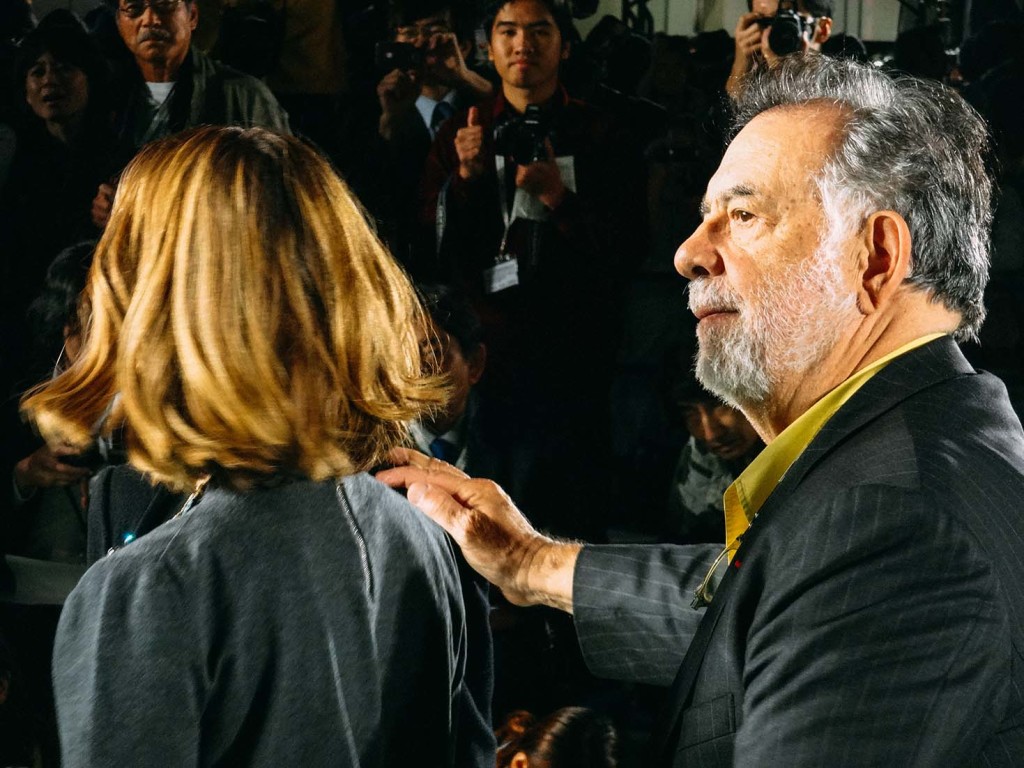 Brushes with Greatness: My Inconsequential Encounters with Celebs
Brushes with Greatness: My Inconsequential Encounters with Celebs
 People Once Dared to Imagine a World Without Billboards
People Once Dared to Imagine a World Without Billboards
 Ralph Ellison and Gordon Parks’s Forgotten Photo Essay
Ralph Ellison and Gordon Parks’s Forgotten Photo Essay
Welcome Two New Editors at The Paris Review
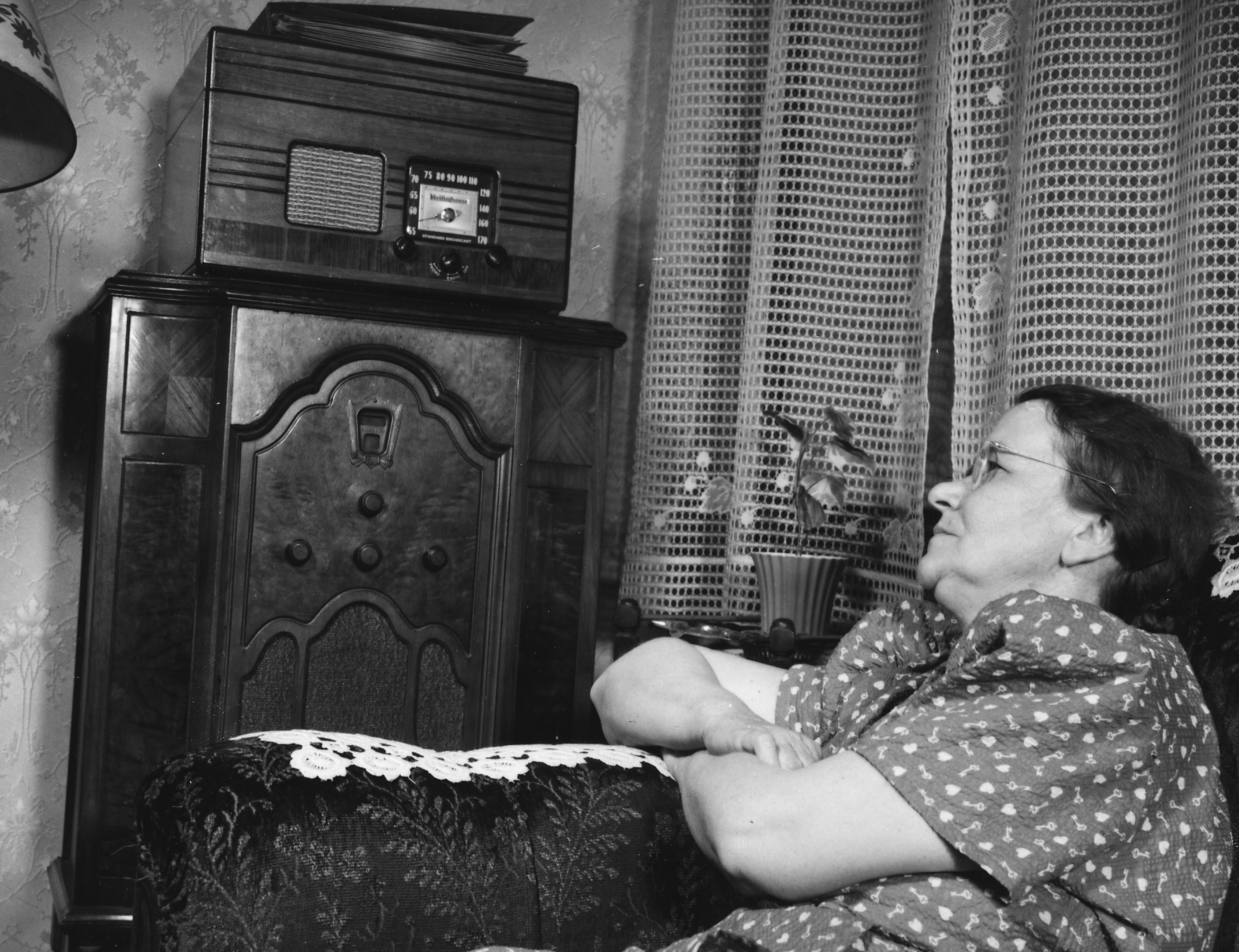 We Interrupt This BroadcastBy Dan PiepenbringMay 31, 2016BulletinListen up.… to bring you some impor
...[Details]
We Interrupt This BroadcastBy Dan PiepenbringMay 31, 2016BulletinListen up.… to bring you some impor
...[Details]
An Interview with Jana Prikryl
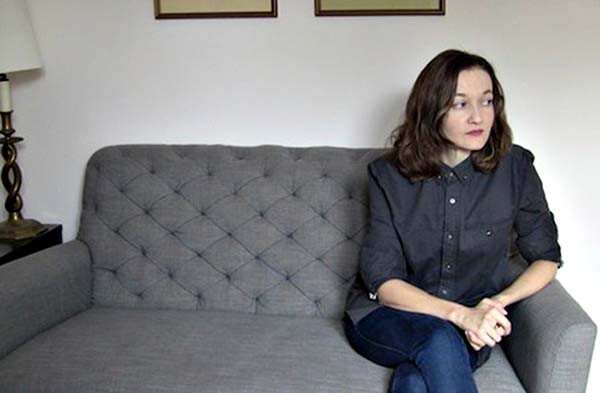 Surrendering to Your Own Maneuvers: An Interview with Jana PrikrylBy Jonathan LeeJune 21, 2016At Wor
...[Details]
Surrendering to Your Own Maneuvers: An Interview with Jana PrikrylBy Jonathan LeeJune 21, 2016At Wor
...[Details]
What Does an Italo Calvino Look Like as a Building?
 Italo Calvino, The Baron in the TreesBy Matteo PericoliMay 31, 2016Literary ArchitectureLongtime rea
...[Details]
Italo Calvino, The Baron in the TreesBy Matteo PericoliMay 31, 2016Literary ArchitectureLongtime rea
...[Details]
Trump's foreign aid freeze halts funding for digital diplomacy bureau
 Shortly after taking office, President Donald Trump signed an executive order that effectively put a
...[Details]
Shortly after taking office, President Donald Trump signed an executive order that effectively put a
...[Details]
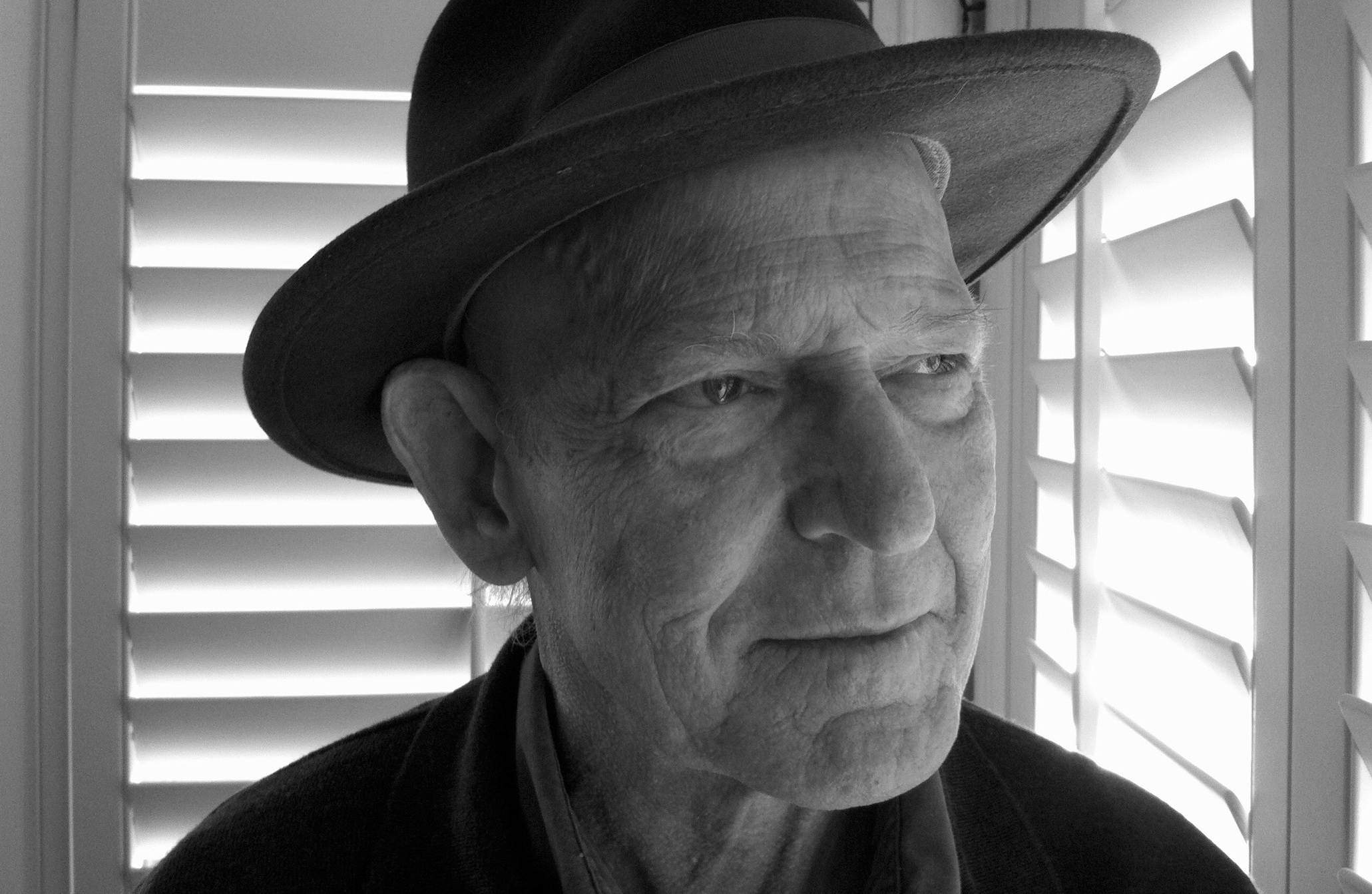 Bill Berkson, 1939–2016By Dan PiepenbringJune 16, 2016In MemoriamWe were sorry to learn that the poe
...[Details]
Bill Berkson, 1939–2016By Dan PiepenbringJune 16, 2016In MemoriamWe were sorry to learn that the poe
...[Details]
Glen Baxter Week, Day Five: Porn Collections, Yodelers
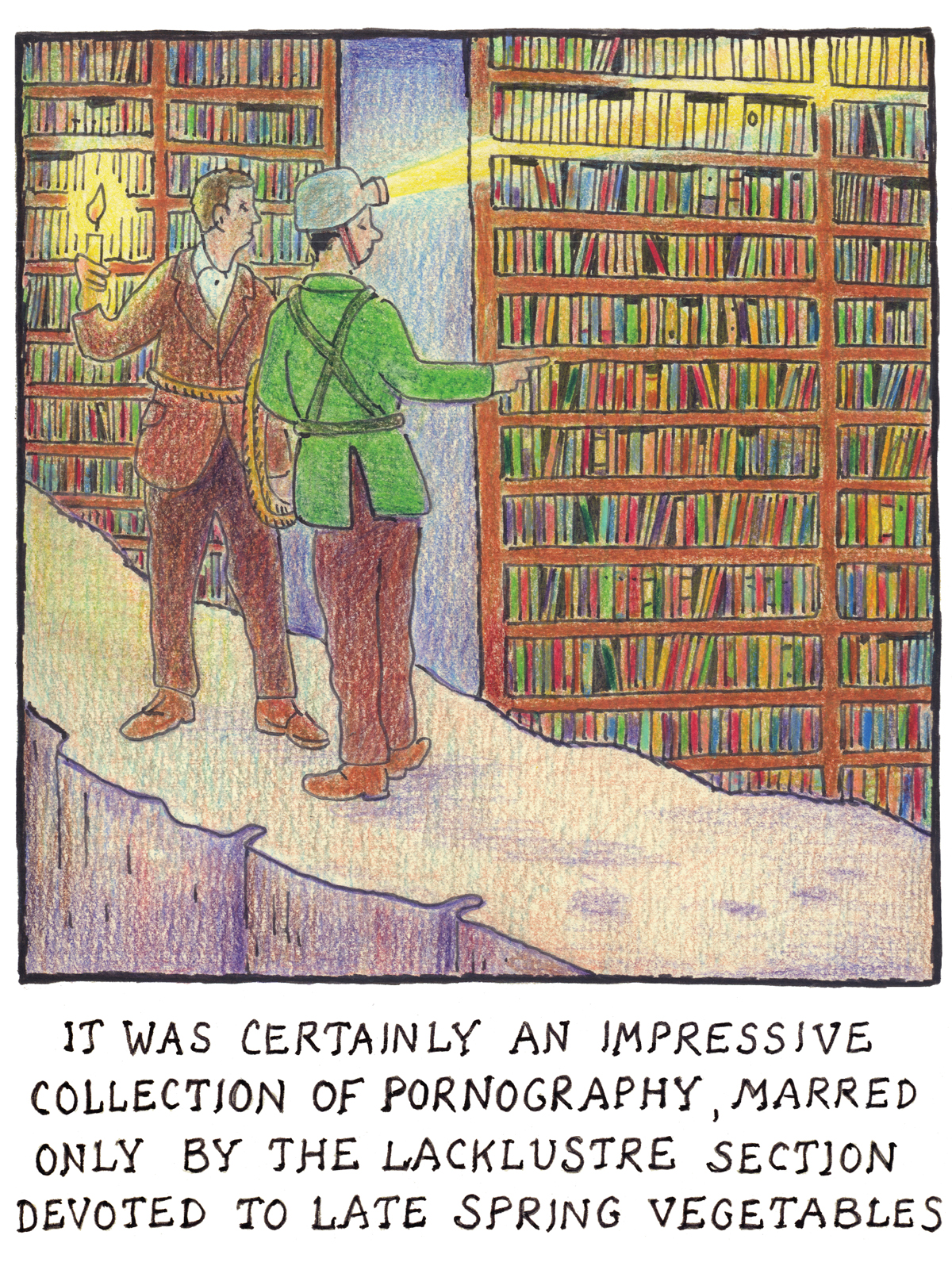 Baxter Week, Day FiveBy Glen BaxterMay 27, 2016LookAll things must pass, and so today marks the end
...[Details]
Baxter Week, Day FiveBy Glen BaxterMay 27, 2016LookAll things must pass, and so today marks the end
...[Details]
Art for Art, Blast Furnaces for Truth, and Other News by Robert P. Baird
 Art for Art, Blast Furnaces for Truth, and Other NewsBy Robert P. BairdJune 23, 2016On the ShelfA wo
...[Details]
Art for Art, Blast Furnaces for Truth, and Other NewsBy Robert P. BairdJune 23, 2016On the ShelfA wo
...[Details]
Greenpeace activists charged after unfurling 'Resist' banner at Trump Tower in Chicago
 Activists protesting the Trump administration's rollback of U.S. environmental and climate policies
...[Details]
Activists protesting the Trump administration's rollback of U.S. environmental and climate policies
...[Details]
Last Exit: Luc Sante Moves Out
 Last ExitBy Lucy SanteJune 29, 2016Our CorrespondentsI plan to exit from my house before the end of
...[Details]
Last ExitBy Lucy SanteJune 29, 2016Our CorrespondentsI plan to exit from my house before the end of
...[Details]
接受PR>=1、BR>=1,流量相当,内容相关类链接。